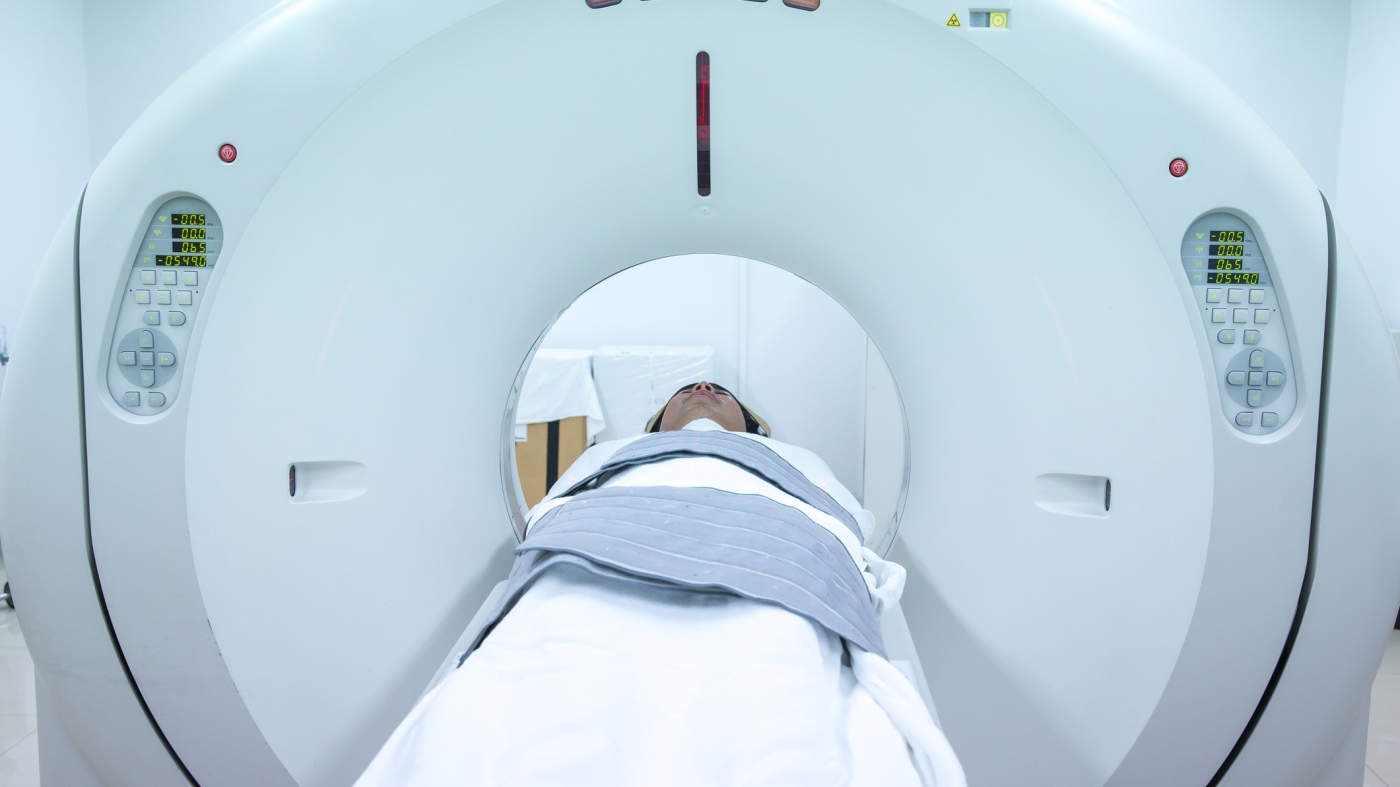Silent Scanners, Hidden Dangers: The Cancer Risk Lurking in Medical Imaging
Health
2025-04-16 10:00:00Content

Medical imaging technology has become a double-edged sword in modern healthcare. While CT scans can be crucial in diagnosing and monitoring serious health conditions, a groundbreaking new study reveals a concerning hidden cost: the potential increase in cancer risk due to radiation exposure.
Researchers have uncovered that the widespread and sometimes unnecessary use of computed tomography (CT) scans may be silently contributing to the growing cancer burden in the United States. These powerful diagnostic tools, which provide detailed internal images of the body, emit significant levels of radiation that can potentially damage cellular DNA over time.
The study highlights a critical balance healthcare providers must strike between the immediate diagnostic benefits of CT scans and their long-term health implications. As medical technology advances, understanding and mitigating the potential risks becomes increasingly important for patient safety and public health.
Patients and medical professionals alike are encouraged to carefully consider the necessity of CT scans, weighing the immediate diagnostic advantages against the potential long-term radiation-related risks. This nuanced approach could help reduce unnecessary exposure and ultimately protect individuals from unintended health consequences.
Radiation Risks Unveiled: The Hidden Dangers of Medical Imaging Technology
In the intricate landscape of modern medical diagnostics, cutting-edge imaging technologies have revolutionized healthcare, offering unprecedented insights into human anatomy. Yet, beneath the surface of these life-saving tools lies a complex narrative of potential health risks that demands our immediate attention and careful consideration.Unmasking the Silent Threat Lurking in Medical Scans
The Double-Edged Sword of Diagnostic Imaging
Medical imaging technologies have transformed healthcare diagnostics, providing physicians with remarkable windows into the human body. Computed Tomography (CT) scans, in particular, represent a pinnacle of diagnostic precision, enabling medical professionals to detect and diagnose conditions with unprecedented accuracy. However, this technological marvel carries a profound paradox: the very radiation that illuminates internal structures may simultaneously pose long-term health risks. Researchers have increasingly focused on understanding the delicate balance between diagnostic necessity and potential radiation-induced complications. The cumulative effect of repeated CT scans can incrementally increase an individual's lifetime cancer risk, creating a nuanced challenge for both medical practitioners and patients.Quantifying the Radiation Exposure Landscape
Advanced epidemiological studies have begun to map the intricate relationship between medical radiation exposure and subsequent health outcomes. Scientists are developing sophisticated models to estimate the potential cancer burden generated by diagnostic imaging procedures, revealing a complex interplay of factors that extend far beyond simple numerical calculations. The radiation dosage from a single CT scan can be equivalent to multiple years of natural background radiation exposure. This stark reality underscores the importance of judicious and strategic use of medical imaging technologies, emphasizing the need for personalized risk assessment and minimization strategies.Technological Innovations in Radiation Mitigation
The medical community is not standing idle in the face of these challenges. Cutting-edge research is driving the development of advanced imaging techniques that dramatically reduce radiation exposure while maintaining diagnostic accuracy. Emerging technologies such as low-dose CT protocols and alternative imaging modalities like magnetic resonance imaging (MRI) offer promising alternatives that minimize potential long-term health risks. Radiological equipment manufacturers are investing heavily in innovative design approaches that prioritize patient safety. These developments include more precise radiation targeting, enhanced shielding mechanisms, and intelligent dose optimization algorithms that dynamically adjust radiation levels based on individual patient characteristics.Patient Empowerment and Informed Decision-Making
As our understanding of radiation risks evolves, patient education becomes paramount. Healthcare providers are increasingly adopting transparent communication strategies that enable individuals to make informed decisions about their diagnostic procedures. This approach involves comprehensive discussions about potential risks, alternative diagnostic methods, and personalized risk assessments. Patients are encouraged to maintain comprehensive medical imaging records, engage in proactive dialogues with healthcare providers, and actively participate in decisions regarding diagnostic procedures. This collaborative approach transforms patients from passive recipients of medical interventions to active partners in their healthcare journey.Global Perspectives on Radiation Risk Management
International medical and scientific communities are collaborating to establish comprehensive guidelines and standardized protocols for radiation exposure management. These collaborative efforts aim to create a global framework that balances diagnostic necessity with long-term health preservation. Regulatory bodies worldwide are implementing increasingly stringent standards for medical imaging technologies, mandating continuous monitoring, reporting, and risk assessment protocols. These initiatives represent a holistic approach to managing the complex challenges presented by diagnostic radiation exposure.RELATED NEWS
Health

Health Care Costs Push Americans to the Financial Edge: $74 Billion Borrowed in Desperate Measures
2025-03-06 20:52:48
Health

Language Barriers, Health Risks: Inside the Struggles of Bangladeshi Women in Medical Care
2025-05-03 18:13:56






